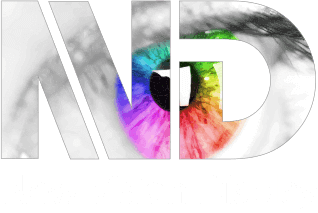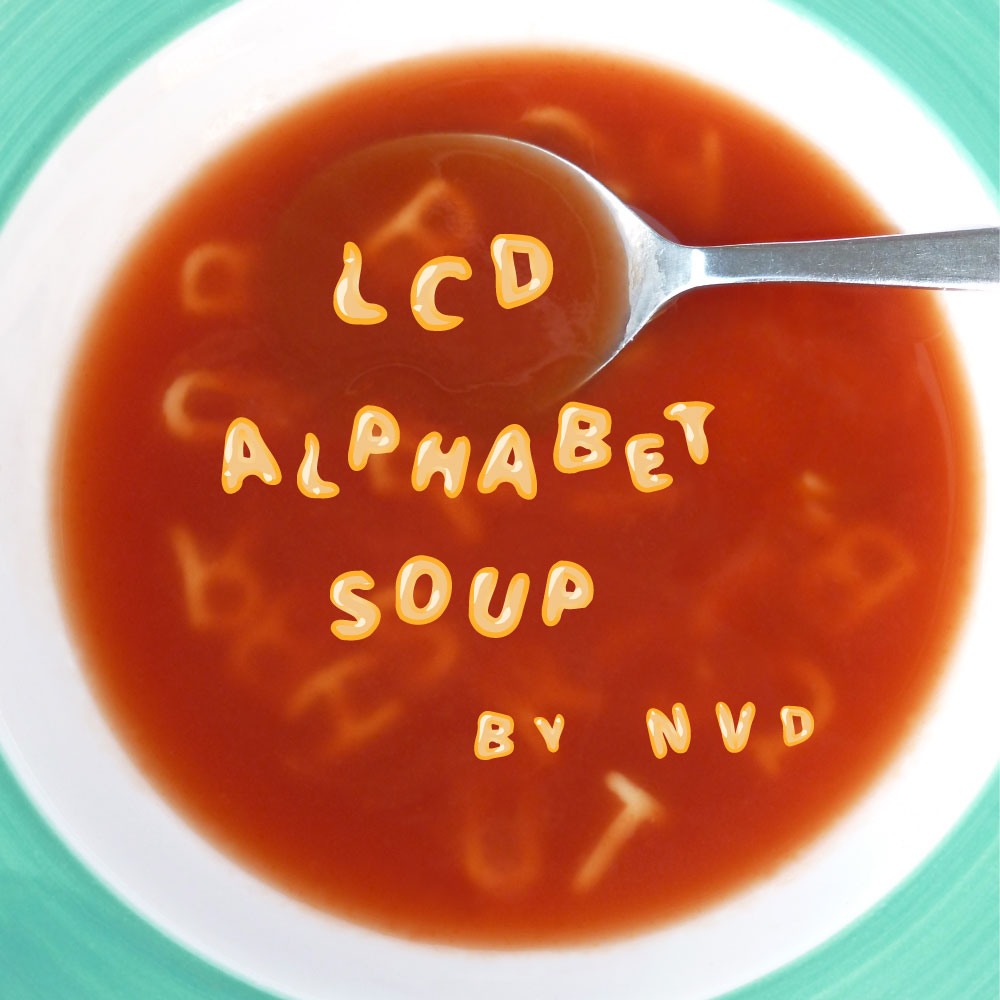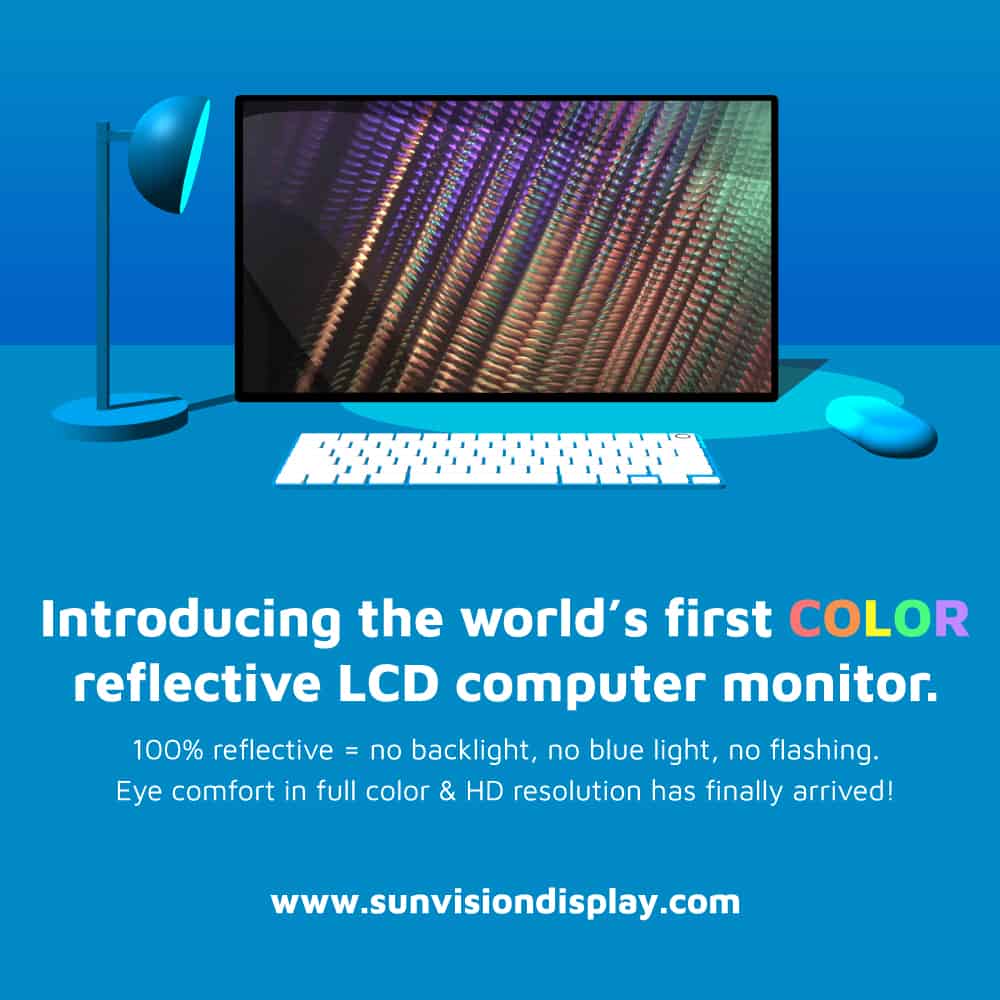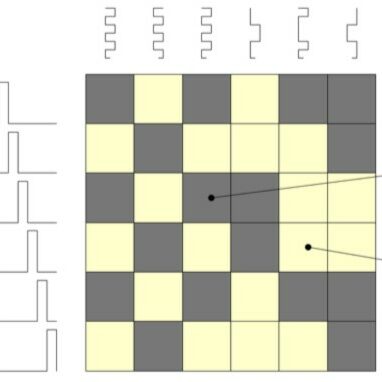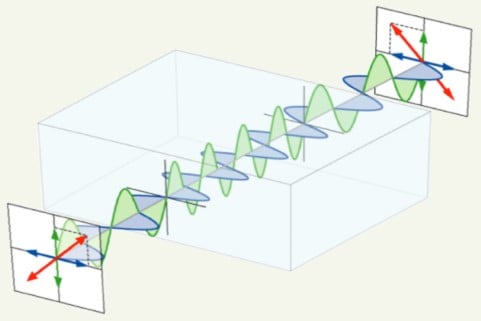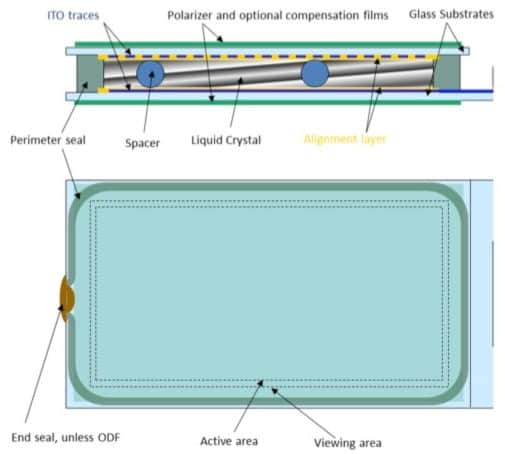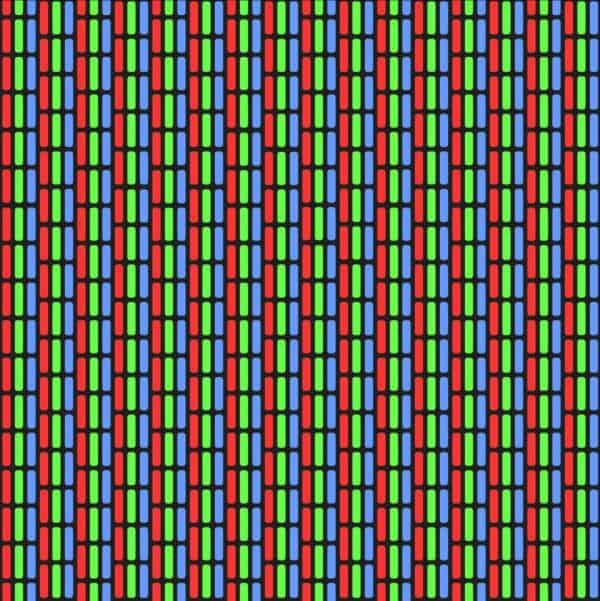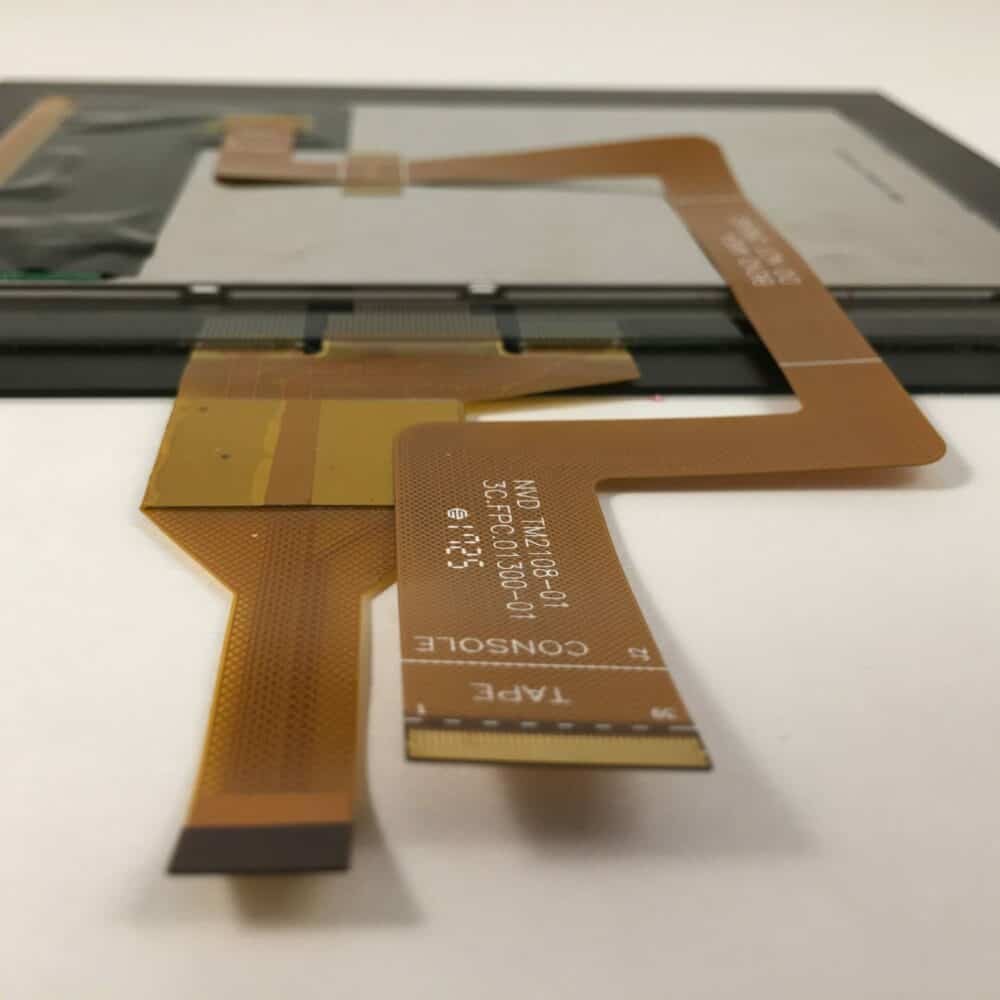What is “liquid crystal”?
Estimated reading time: 5 minutes
Liquid crystal is a state of matter – like liquid, solid, and gas. The term “liquid crystal” is used to denote a material that exhibits a liquid phase under certain conditions. In order to understand what differentiates a liquid crystal phase from a liquid or solid phase, it is necessary to understand what defines these phases.
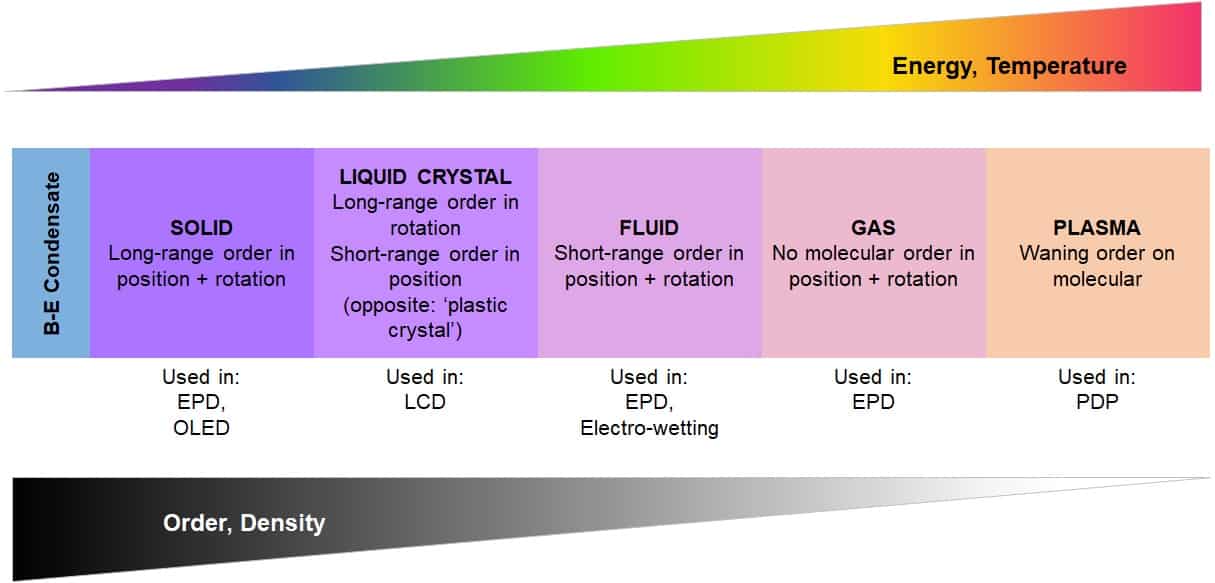
The difference lies in the order of matter on a molecular, atomic or subatomic level. Order is a function of the energy stored within matter, and hence a function of the temperature of matter. Thus, one could say that temperature equals motion. There is no motion at absolute zero temperature (0 Kelvin). Very close to absolute zero, a state of matter called the “Bose-Einstein condensate” can exist. A little further away from absolute zero we have solids, which are characterized by limited motion of the molecules, atoms and ions that make up the material. This limited motion is a vibration within the molecule, and an oscillation around a fixed position. In a crystal for example, the centers of gravity within the molecules vibrate around fixed positions on a crystal lattice, while the general orientation of non-spherical molecules vibrates around a preferred orientation.
When a solid melts, this long range order (fixed average position, fixed average orientation many thousands of molecular units across) breaks up. If both long range orders (position and orientation) dissipate at the same time as when the melting point is reached, a liquid phase is formed. In a liquid, there still is some level of order, but only in a short range (i.e. a few molecules across). The hydrogen bonds between water molecules are a good example. When, with increasing temperature, this short range order gets lost and the molecules become completely independent in their motion, we speak about a gas or vapor. Finally, when electrons or other sub-atomic particles lose their order with respect to the rest of the molecule, we speak about plasma.
Nature does not require that each phase is formed: Some materials can go from solid to gas without a liquid phase. Neither does nature require that positional and orientational order get lost in one step and at the same temperature. Depending on environmental conditions such as pressure or solvent concentration in a mixture, phases may be skipped or additional phases may appear when changing the temperature of a material. If positional order gets lost at the melting point, but orientational long range order is maintained up to a higher temperature, a liquid crystal phase is formed. The temperature at which all orientational long range order gets lost is called clearing point, as at such temperature a typically milky liquid crystal turns into a clear fluid.
Positional long range order can get lost in steps while orientational order is maintained. As a result there can be many liquid crystal phases with different geometry and distinct phase transition temperatures between them. In some phases the liquid crystal is aligned in layers. They are called smectic phases and letters are used to differentiate different geometries (smectic A, smC, smI…). Columnar phases have molecules aligned in columns. The liquid crystal phase with no long range positional order is called a nematic phase and it is most widely used in displays.
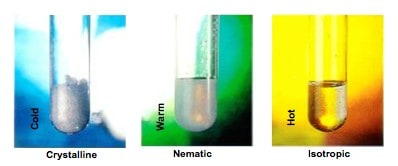
Liquid crystal phases are useful in displays because they interact with light and electric fields like crystals, but they can move (flow) like liquids, making it possible to use electric fields to change their effect on light.
A typical temperature range of the liquid crystal phase(s) of a single material is only a few degrees. For most materials, that range is well above room temperature. In order to make liquid crystals practical for use in LCD displays, they need to be blended. Mixtures of liquid crystal materials can be formulated so that their temperature range is wide and falls within the operating temperature range requirements of modern electronics devices. Liquid Crystal Fluid suppliers engage in researching new material groups, synthesizing materials, and blending mixtures to achieve the physical properties defined by display manufacturers. Blends contain some 10-25 single substances.
A typical calamitic liquid crystal material that may be used in such blends is ‘5OCB’: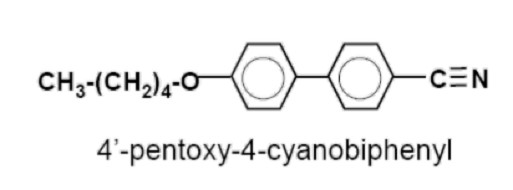
In a volume model it would appear like this: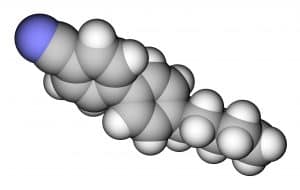
Or simplified like a rod or cigar:
